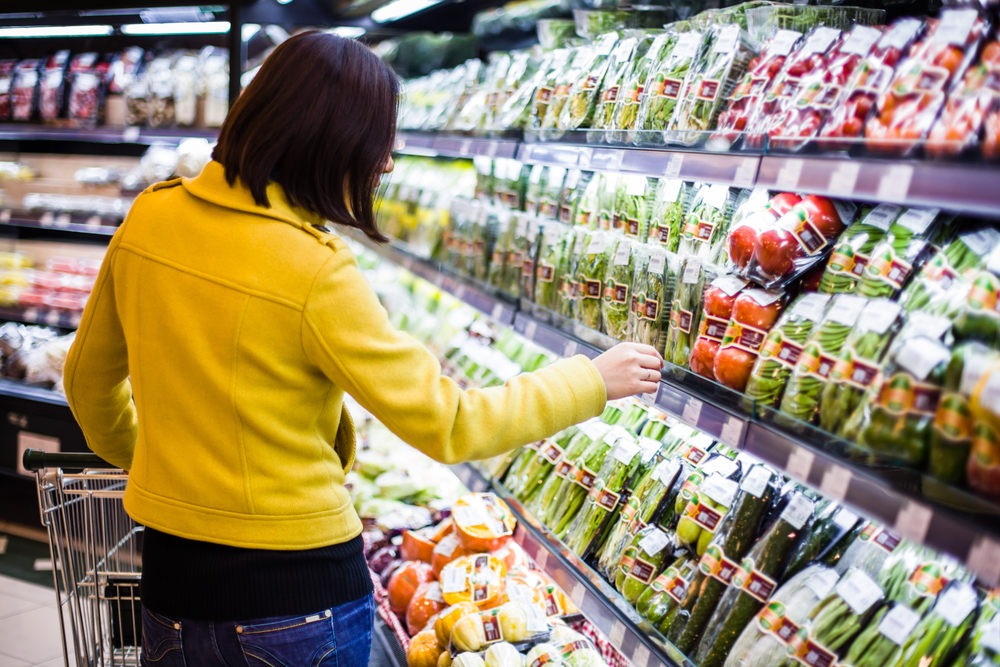
The food supply chain has undergone substantial disruption over the past two months as shelter in place orders have resulted in the closure of a significant portion of the foodservice industry. For commodities that heavily rely on restaurants and institutional outlets such as schools for the majority of sales, it has resulted in substantial losses. The shift in demand has also created supply issues in the retail sector as processors have been working to make the necessary adjustments.
“We don’t build a bunch of slack into the food system. We have a pretty efficient, streamlined system. That’s good almost all the time because it would be expensive to have a whole bunch of redundancies built-in,” said Agricultural Economist at UC Davis Dan Sumner. “We didn’t do that and of course when you have what we hope is a once in a lifetime kind of an event it can cause some disruption.”
While much of the immediate disruptions have since been ironed out for the most part in recent weeks, the issue was created by changes that needed to be made at processing facilities. Packaging products once meant for the foodservice industry to now be sold in retail outlets requires infrastructure changes, which can be costly and time-consuming. “Packing that lettuce for the home market is different than packing it for some salad-bar restaurant, where you may sell them a 50-pound bag of lettuce not a two-pound bag of lettuce,” Sumner noted.
The food supply chain that Sumner describes is designed to accommodate a level of demand that incorporates a multitude of food outlets. When an entire segment of that system is closed it creates massive disruption to the normal flow of food products. The closure of restaurants has been a significant factor in shifting demand as consumers began purchasing more food in grocery stores and preparing meals at home. Those changing consumer habits are not likely to change immediately with restaurants beginning to open, as other factors may have a more long-term effect on consumer habits.
“It may take a while before people get back to eating out as much as they had before,” Sumner explained. “It may be way a while before we get back to what used to be the norm. I think we may end up with a new ‘normal.’”










